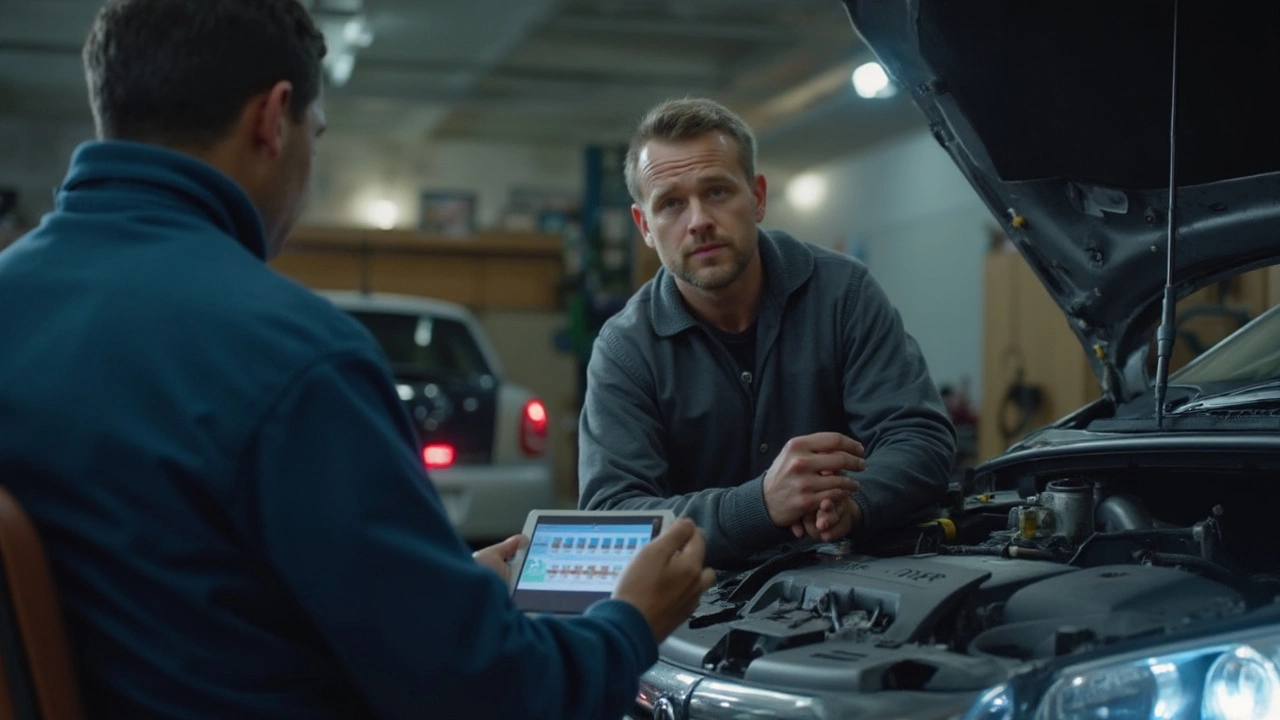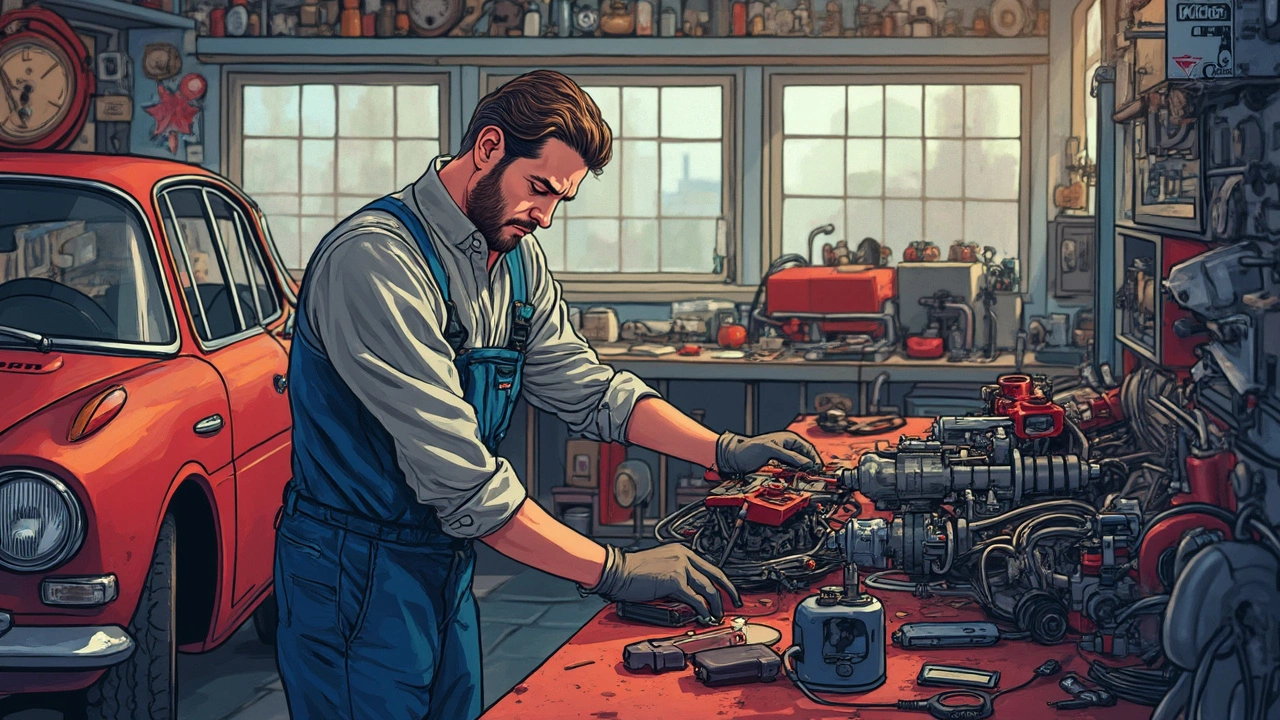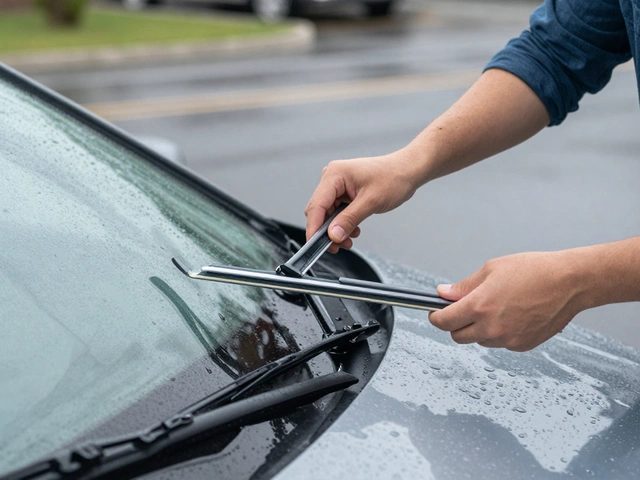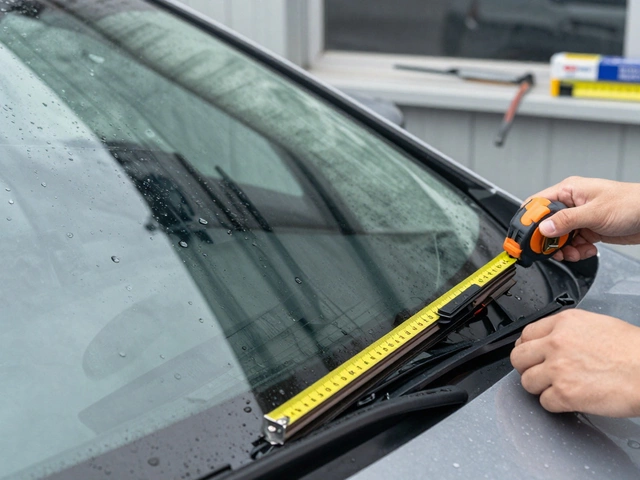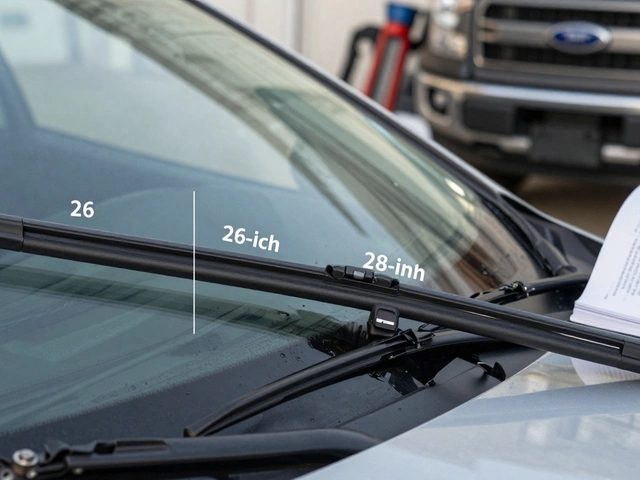Car Problems: Common Issues, Signs, and How to Fix Them
When your car problems, unexpected vehicle failures that disrupt driving safety and performance. Also known as automotive faults, they often start small but can quickly turn into expensive repairs if ignored. Most drivers wait until something breaks completely—like the engine light flashing or the car refusing to start—but the real trick is spotting the early signs. A weird noise, a slight vibration, or even a smell can be your car talking to you. You don’t need to be a mechanic to understand what’s going on.
Take bad shock absorbers, worn suspension components that reduce control and ride comfort. If your car bounces too much after hitting a bump or feels loose in corners, those shocks are done. It’s not just about comfort—it affects braking distance and tire wear. Then there’s the failing fuel pump, a critical part that delivers fuel to the engine under pressure. If your car sputters at highway speeds or won’t start after sitting for a while, the pump might be on its last legs. And it doesn’t always throw a code—many drivers don’t know that until it’s too late.
Slipping clutch, a worn transmission component that fails to transfer engine power to the wheels feels like the engine revs but the car doesn’t accelerate. It’s common in older manual cars, but you can stretch its life if you catch it early. Same with bad radiator, a cooling system part that prevents engine overheating. A small leak or strange smell under the hood could mean coolant is escaping. Let that go, and you’re looking at a seized engine. These aren’t random issues—they’re predictable failures with clear warning signs if you know where to look.
You don’t need to guess what’s wrong. Most of these problems have simple DIY checks you can do in your driveway. Check your oil level. Listen for clunks when you go over bumps. Smell for burnt fuel or sweet coolant. These aren’t complicated. The real question isn’t whether you can fix it—it’s whether you’ll act before it costs you more.
The posts below cover exactly this: how to spot the early signs of car problems, what they really mean, and how to fix them without getting ripped off. From brake rotors that need replacing to oil changes you’ve ignored too long, you’ll find clear, no-nonsense advice that actually helps. No theory. No fluff. Just what to look for, what to do, and when to call a pro.
